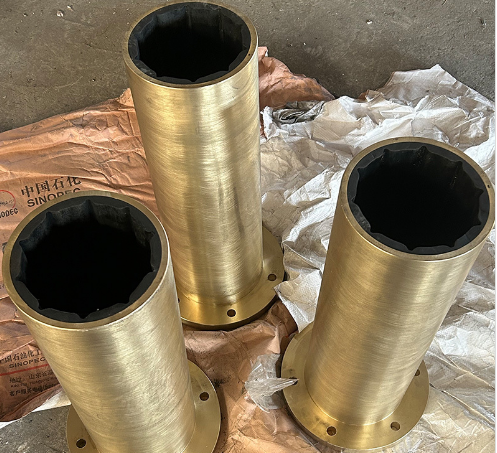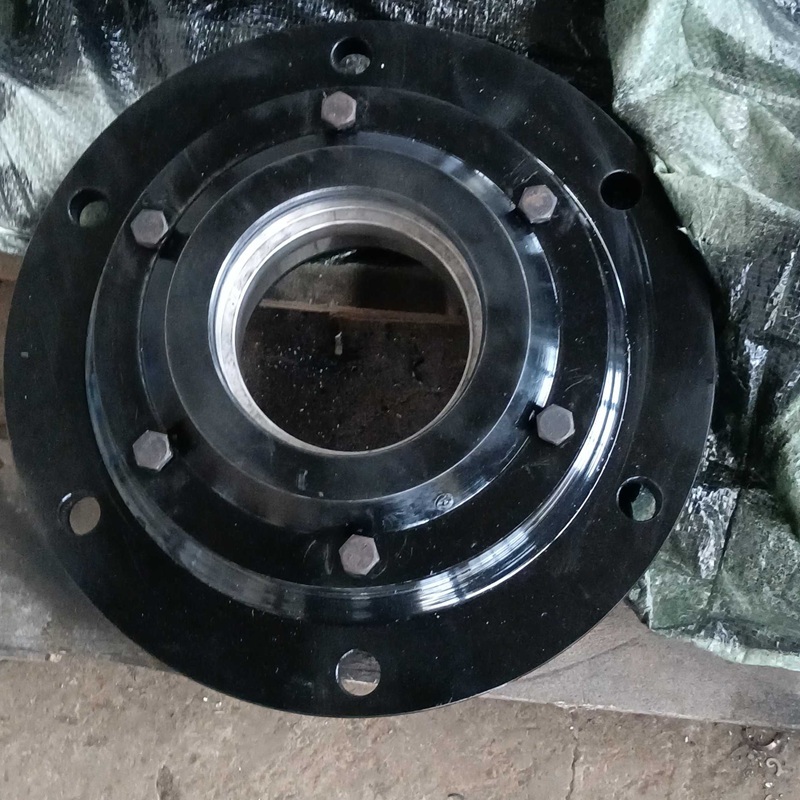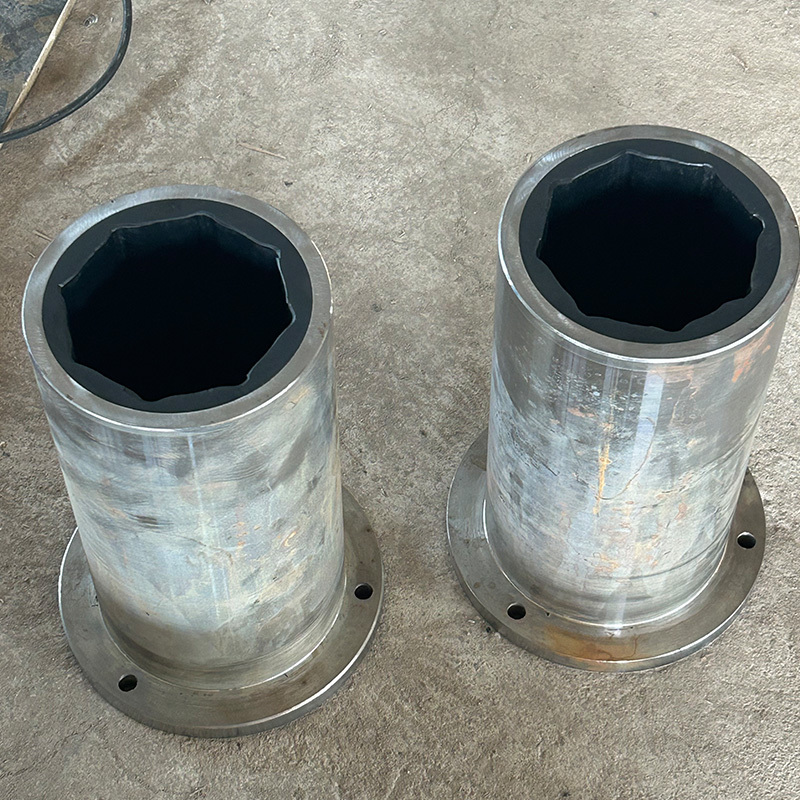Understanding Water-Lubricated Bearings: A Greener Alternative in Industrial Applications
Release Time:
May 26,2025
Water-lubricated bearings are innovative components designed to operate using water as a lubricant instead of traditional oils or greases. This technology is particularly significant in today's industrial landscape, where sustainability and environmental impact are crucial considerations. By understanding the principles and advantages of water-lubricated bearings, industries can make informed deci
Water-lubricated bearings are innovative components designed to operate using water as a lubricant instead of traditional oils or greases. This technology is particularly significant in today's industrial landscape, where sustainability and environmental impact are crucial considerations. By understanding the principles and advantages of water-lubricated bearings, industries can make informed decisions that may enhance operational efficiency while reducing ecological footprints.
One of the primary features of water-lubricated bearings is their ability to operate effectively in diverse environments, especially in marine and water-related applications. These bearings are commonly found in ship propeller shafts, pumps, and turbines, where exposure to water is inevitable. Unlike conventional bearings that rely on petroleum-based lubricants, which can be harmful to aquatic ecosystems, water-lubricated bearings use water, making them considerably more environmentally friendly.
The operational principle of water-lubricated bearings revolves around the formation of a thin film of water between the bearing surfaces. This film is crucial in reducing friction and wear. When the bearing rotates, water is drawn into the gap between the moving parts, creating a hydrodynamic effect that supports the load and minimizes direct contact. This not only prolongs the life of the bearings but also significantly reduces maintenance requirements, as water is readily available and does not degrade like oil-based lubricants.
Another advantage of water-lubricated bearings is their resistance to corrosion and fouling, issues commonly faced with traditional bearings. The use of water as a lubricant can help prevent the accumulation of debris and bacteria, which can lead to equipment failure. Additionally, these bearings often feature materials that are specifically designed to withstand harsh marine environments, thus ensuring longevity and reliability.
Industries around the globe are increasingly recognizing the importance of sustainable practices. By incorporating water-lubricated bearings into their operations, companies can demonstrate a commitment to environmental stewardship while also benefiting from reduced operating costs associated with maintenance and lubricant disposal. With advancements in materials science and engineering, the performance of water-lubricated bearings continues to improve, making them a viable option for a wide range of industrial applications.
In conclusion, water-lubricated bearings represent a significant advancement in bearing technology, offering numerous benefits to industries seeking more sustainable alternatives. By leveraging water as a lubricant, these bearings not only enhance operational efficiency but also contribute positively to environmental conservation efforts. As industries continue to evolve, the adoption of innovative solutions like water-lubricated bearings will play a crucial role in shaping a greener future.
One of the primary features of water-lubricated bearings is their ability to operate effectively in diverse environments, especially in marine and water-related applications. These bearings are commonly found in ship propeller shafts, pumps, and turbines, where exposure to water is inevitable. Unlike conventional bearings that rely on petroleum-based lubricants, which can be harmful to aquatic ecosystems, water-lubricated bearings use water, making them considerably more environmentally friendly.
The operational principle of water-lubricated bearings revolves around the formation of a thin film of water between the bearing surfaces. This film is crucial in reducing friction and wear. When the bearing rotates, water is drawn into the gap between the moving parts, creating a hydrodynamic effect that supports the load and minimizes direct contact. This not only prolongs the life of the bearings but also significantly reduces maintenance requirements, as water is readily available and does not degrade like oil-based lubricants.
Another advantage of water-lubricated bearings is their resistance to corrosion and fouling, issues commonly faced with traditional bearings. The use of water as a lubricant can help prevent the accumulation of debris and bacteria, which can lead to equipment failure. Additionally, these bearings often feature materials that are specifically designed to withstand harsh marine environments, thus ensuring longevity and reliability.
Industries around the globe are increasingly recognizing the importance of sustainable practices. By incorporating water-lubricated bearings into their operations, companies can demonstrate a commitment to environmental stewardship while also benefiting from reduced operating costs associated with maintenance and lubricant disposal. With advancements in materials science and engineering, the performance of water-lubricated bearings continues to improve, making them a viable option for a wide range of industrial applications.
In conclusion, water-lubricated bearings represent a significant advancement in bearing technology, offering numerous benefits to industries seeking more sustainable alternatives. By leveraging water as a lubricant, these bearings not only enhance operational efficiency but also contribute positively to environmental conservation efforts. As industries continue to evolve, the adoption of innovative solutions like water-lubricated bearings will play a crucial role in shaping a greener future.
Keywords:





